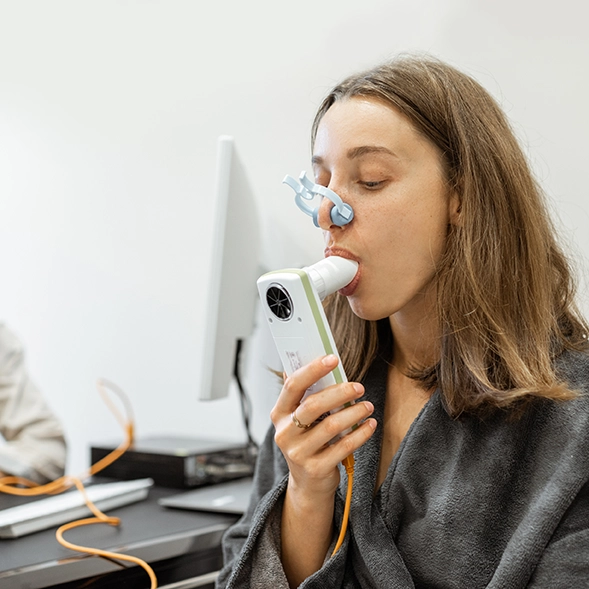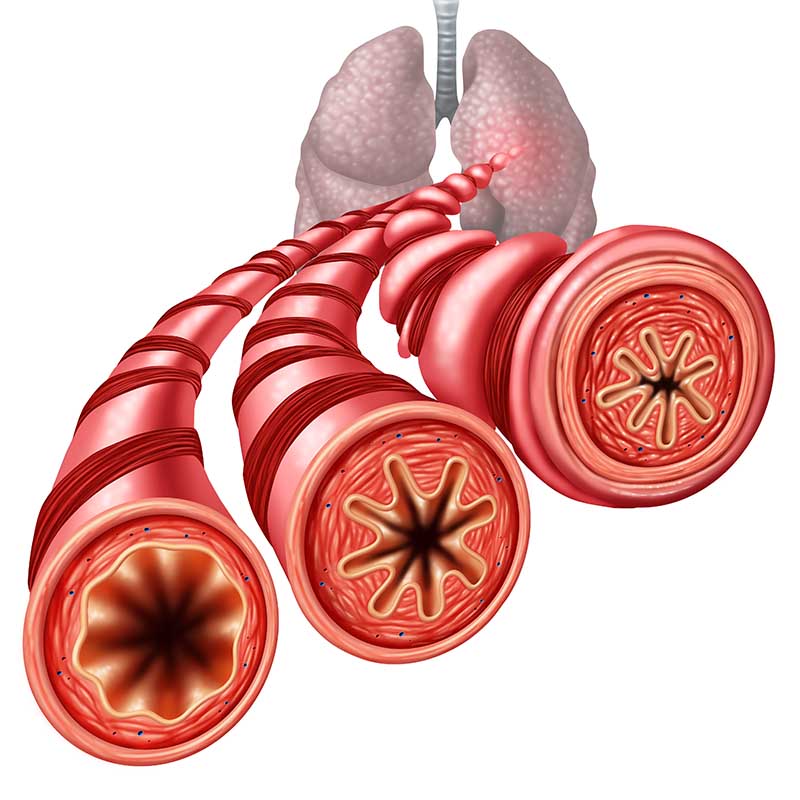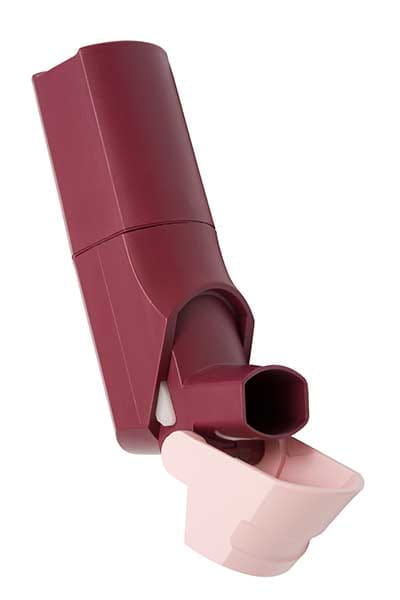Speaker: Anna von Bulow
The study examined the association between high doses of inhaled corticosteroids (ICS) and corticosteroid-related adverse events (AEs) such as osteoporosis, cataracts, type 2 diabetes, and pneumonia in asthma patients using nationwide data from the NORDSTAR asthma cohort in Sweden. While oral corticosteroids are known to be linked with these adverse outcomes, the impact of high-dose ICS was less well understood. The observational, register-based cohort study included asthma patients with International Classification of Diseases (ICD-10) asthma codes or respiratory drug dispensations, excluding those with other respiratory diseases like chronic obstructive pulmonary disease (COPD) or pre-existing conditions commonly treated with corticosteroids, such as rheumatoid arthritis or malignancies. Patients with a pre-existing diagnosis of osteoporosis, cataract, T2DM or pneumonia four year prior to index were also excluded.
The study assessed current daily ICS doses based on prescription data and monitored for incident osteoporosis, cataracts, type 2 diabetes, and pneumonia using ICD-10 codes or a combination of ICD-10 and ATC (Anatomical Therapeutic Chemical Classification System) codes for relevant medications. A sensitivity analysis was performed excluding patients who had used oral corticosteroids to avoid interference with the results. The cohort included 529,000 asthma patients, averaging 42 years of age, with 40% being male. The cumulative incidence rates for adverse events ranged from 2.6% for osteoporosis to 6.2% for type 2 diabetes. The findings revealed a dose-dependent risk of adverse events associated with ICS use, with a significant increase in risk observed for doses of 800 micrograms of budesonide or more. Moderate doses also showed a slightly increased risk for osteoporosis and pneumonia, while cataracts had an elevated risk regardless of the ICS dose. The results remained consistent even after excluding patients treated with oral corticosteroids.
In conclusion, the study identified a dose-dependent risk of adverse events associated with high-dose ICS use, suggesting that clinicians should carefully manage these risks in patients receiving higher doses. Additionally, timely intervention with steroid-sparing biological agents should be considered where possible to mitigate these risks.
Several questions emerged regarding the study. One inquiry focused on confounding by severity, a concern that persists despite adjustments for oral corticosteroids and sensitivity analyses excluding such patients. Specifically, the question addressed how confounding by severity, particularly related to increasing doses of ICS, was managed. It was noted that adjusting for severity, especially regarding pneumonia, remains challenging. The limitation of this adjustment is acknowledged, though it may be less problematic for outcomes like cataracts and type 2 diabetes.
Another question explored the possibility of analyzing the impact of escalating to high-dose ICS within a year, particularly in relation to increased pneumonia incidence. The suggestion was made to examine whether tracking dose increases could further strengthen the analysis. It was indicated that the current study focused on exposure based on prescription fillings leading up to events, with results consistent over a seven-year follow-up. However, analyzing the timing and step-up of ICS doses remains complex. Lastly, an inquiry was made regarding the use of ciclesonide, a prodrug, within the large patient cohort and whether it demonstrated similar side effects compared to other ICS molecules. This aspect had not been addressed in the current study but represents a potential area for future investigation.
European Respiratory Society Congress 2024, 7–11 September, Vienna, Austria.




